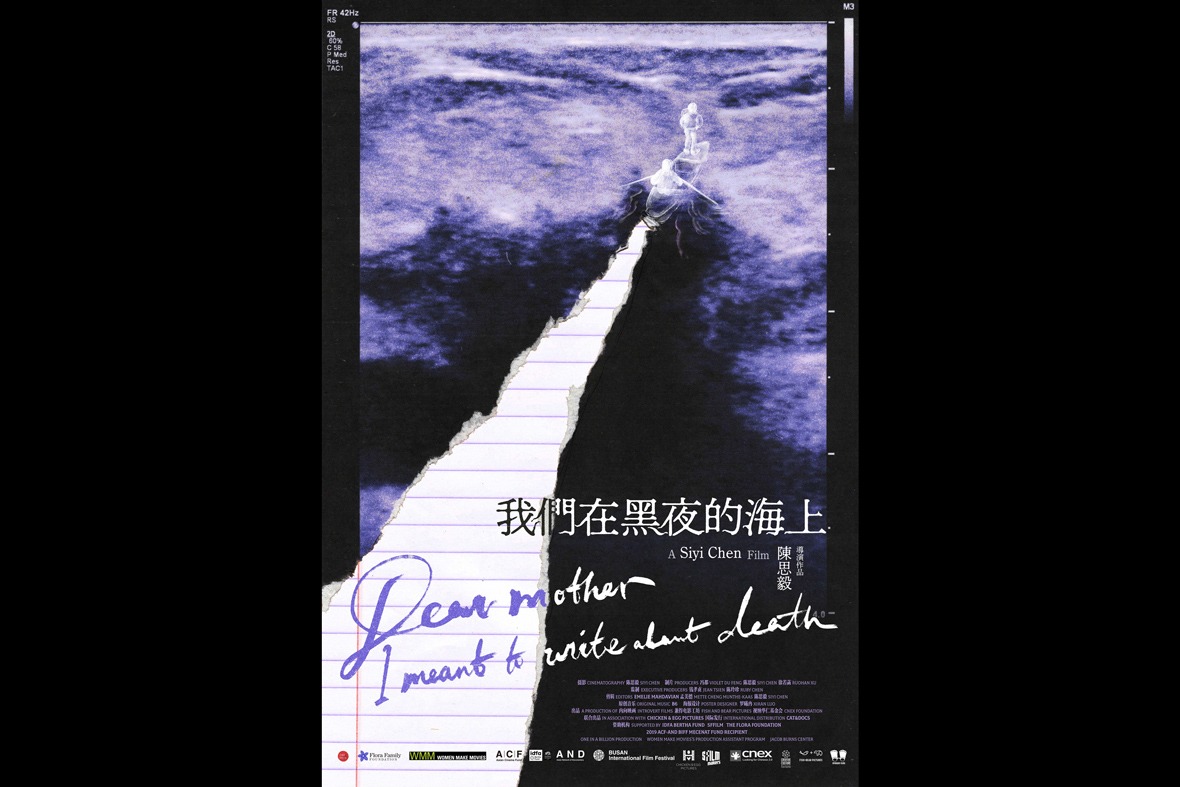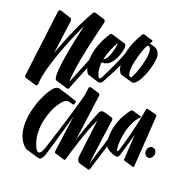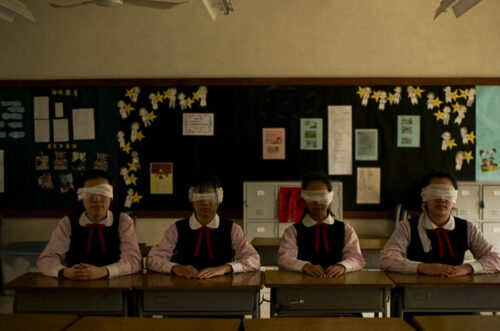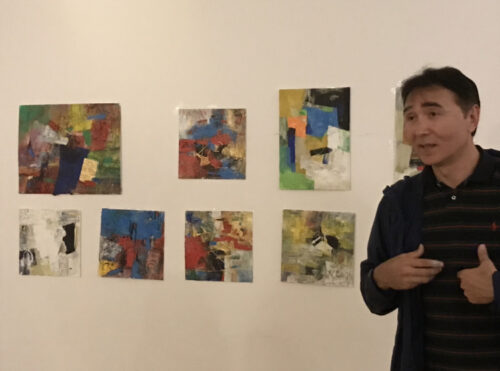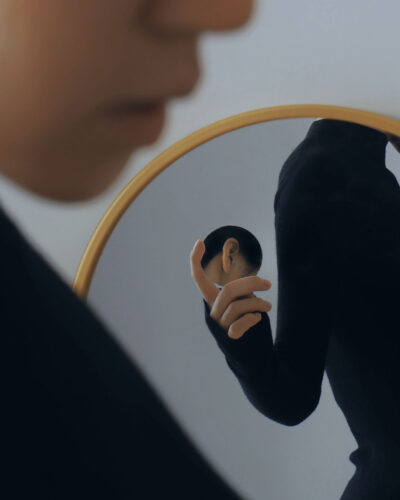This article was originally published on Neocha and is republished with permission.
Across the purple waves of an ultrasound print out, two spectral figures set sail on a boat. In their wake, the surface rips, revealing a notebook page beneath—a symbol of the blank space that viewers are expected to fill in themselves. This is the movie poster for the upcoming Sino-US documentary film Dear Mother, I meant to Write about Death—a documentary by filmmaker Chen Siyi that casts a lens on her mother’s experience with breast cancer. The poster was designed by Changsha-born artist Luó Xīrǎn 罗曦冉, a recent graduate from the Maryland Institute of Art who, since 2017, has been commissioned to design posters for dozens of movies.
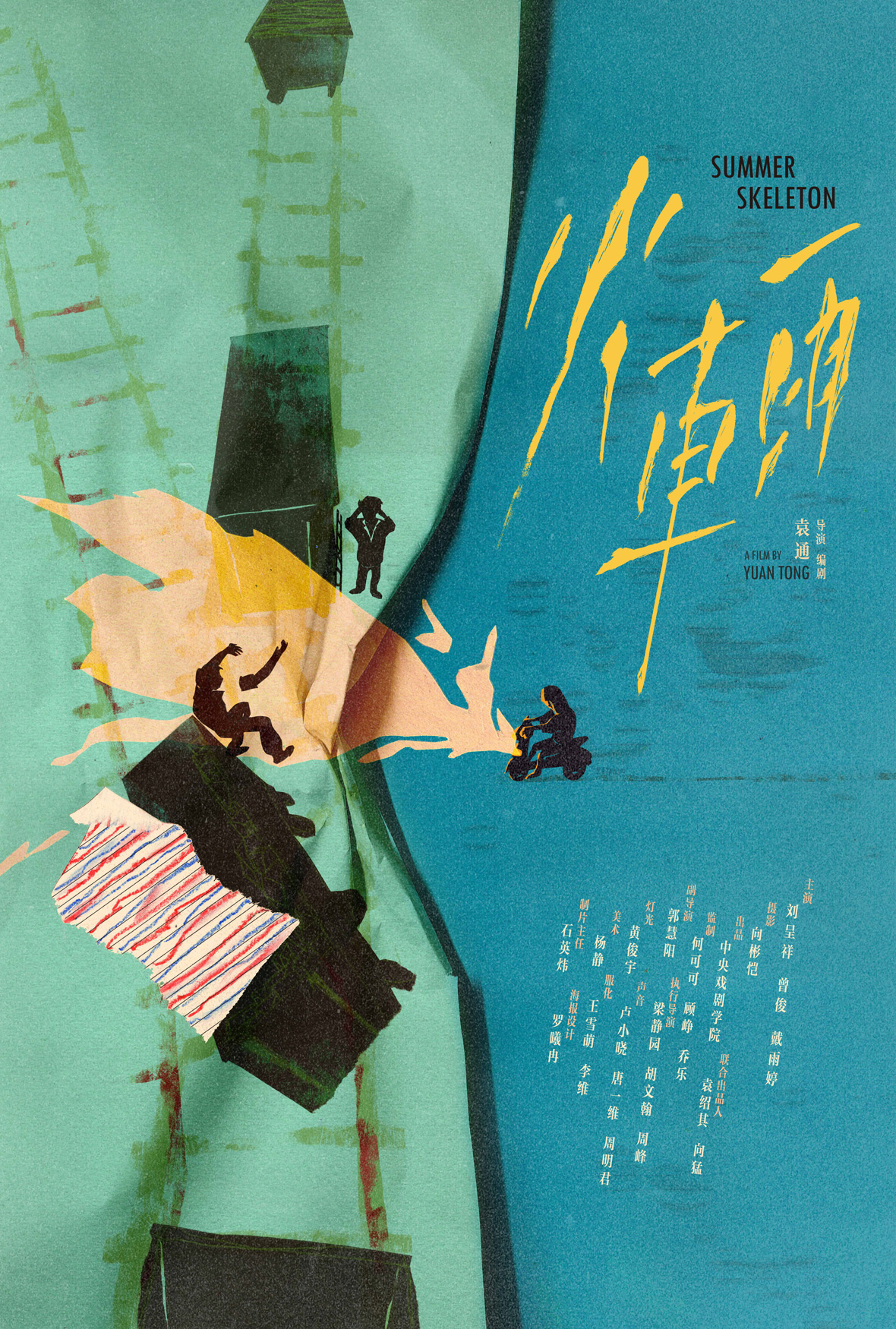
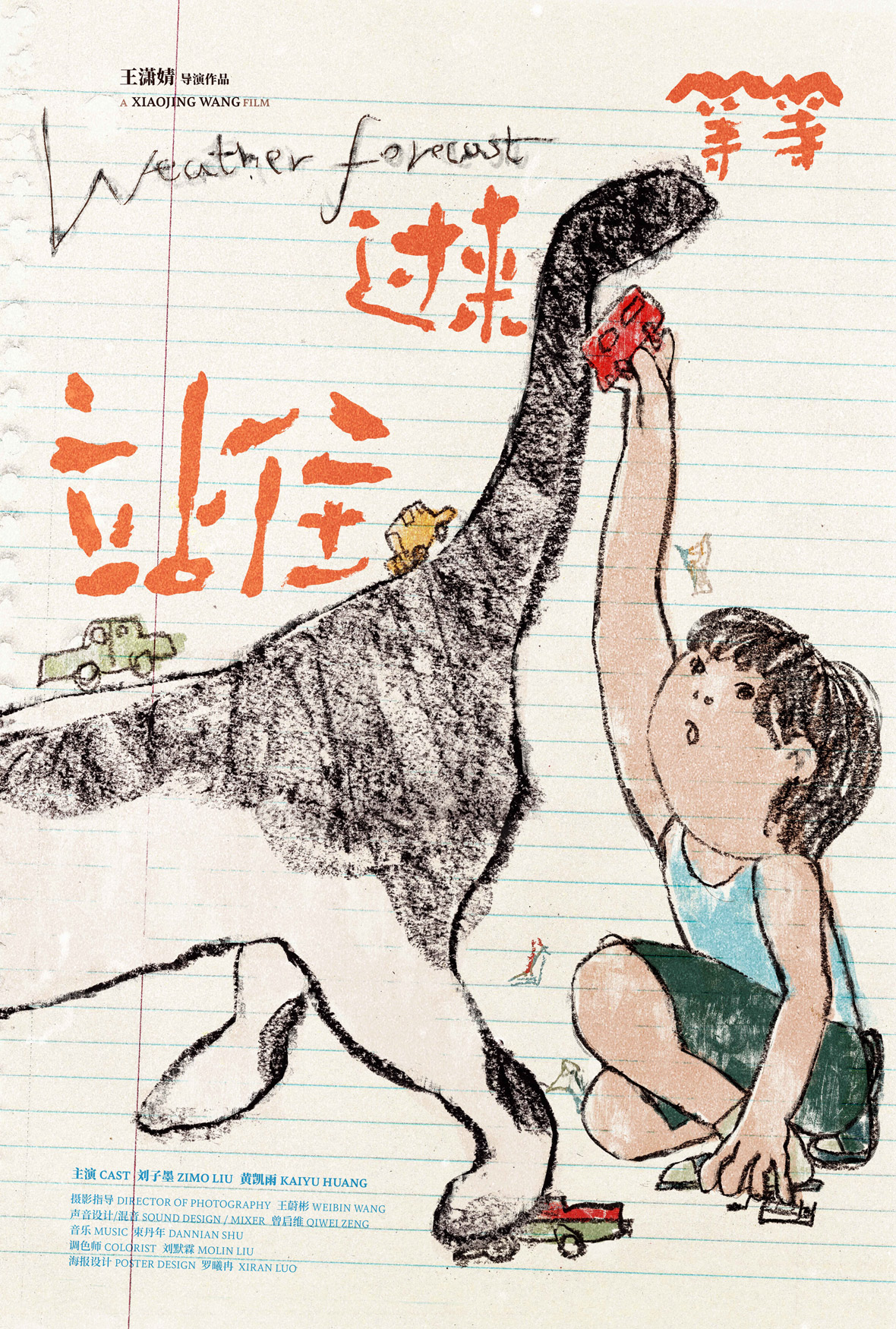
More than simply a credit sheet for a film’s directors, actors, and producers, movie posters are the “face” of a film, forming the audience’s first impression of the movie. With the evolution of cinema, movie posters have been a staple visual accompaniment to the art form. Its importance can’t be understated. Many directors and production houses even commission multiple artists to work on a single poster in order to select the one that best captures the tone and story of the film. “Movie poster are condensed stills that should capture the entire film,” says Luo. “The end result crystalizes artist’s understanding and interpretation of the film.”
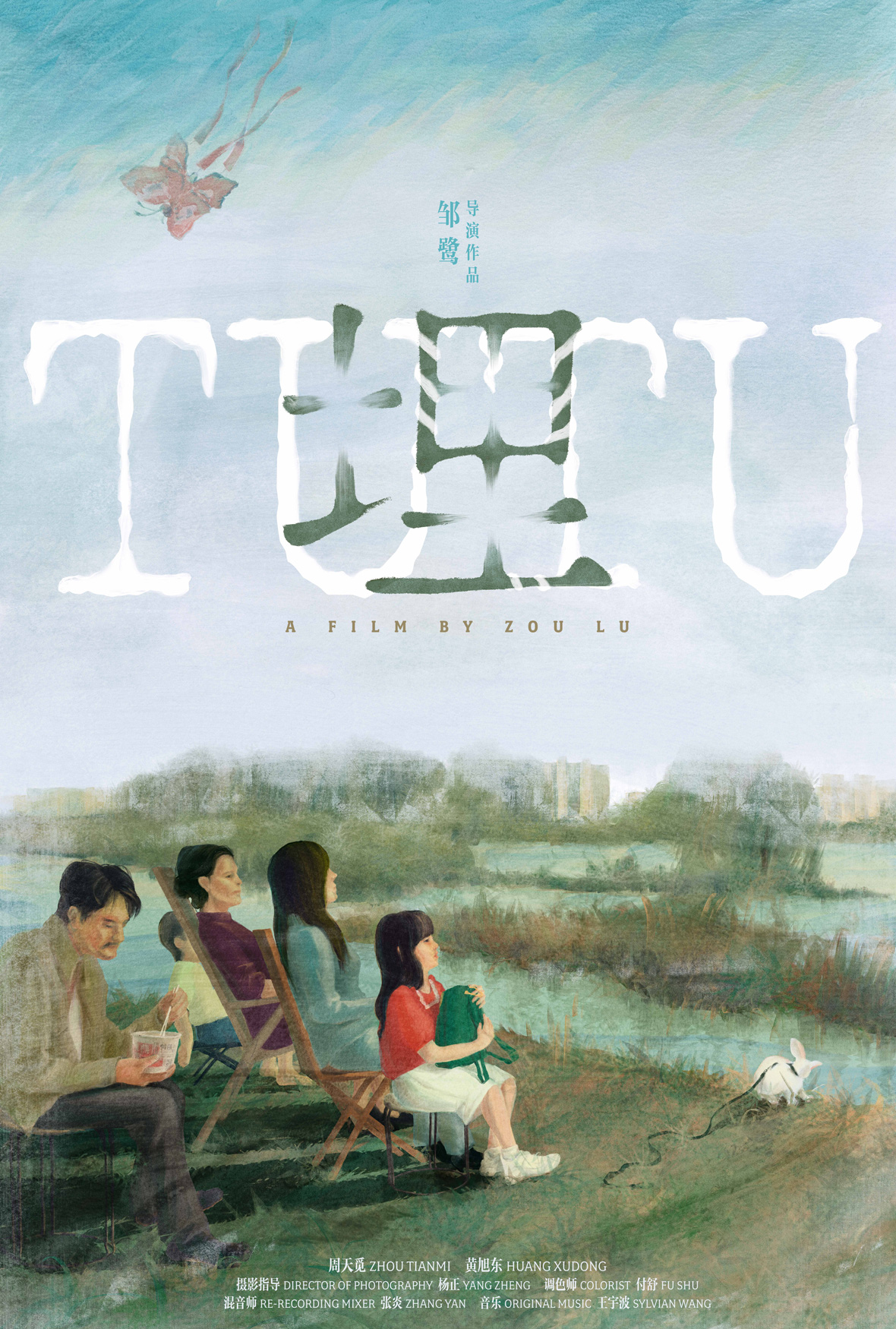

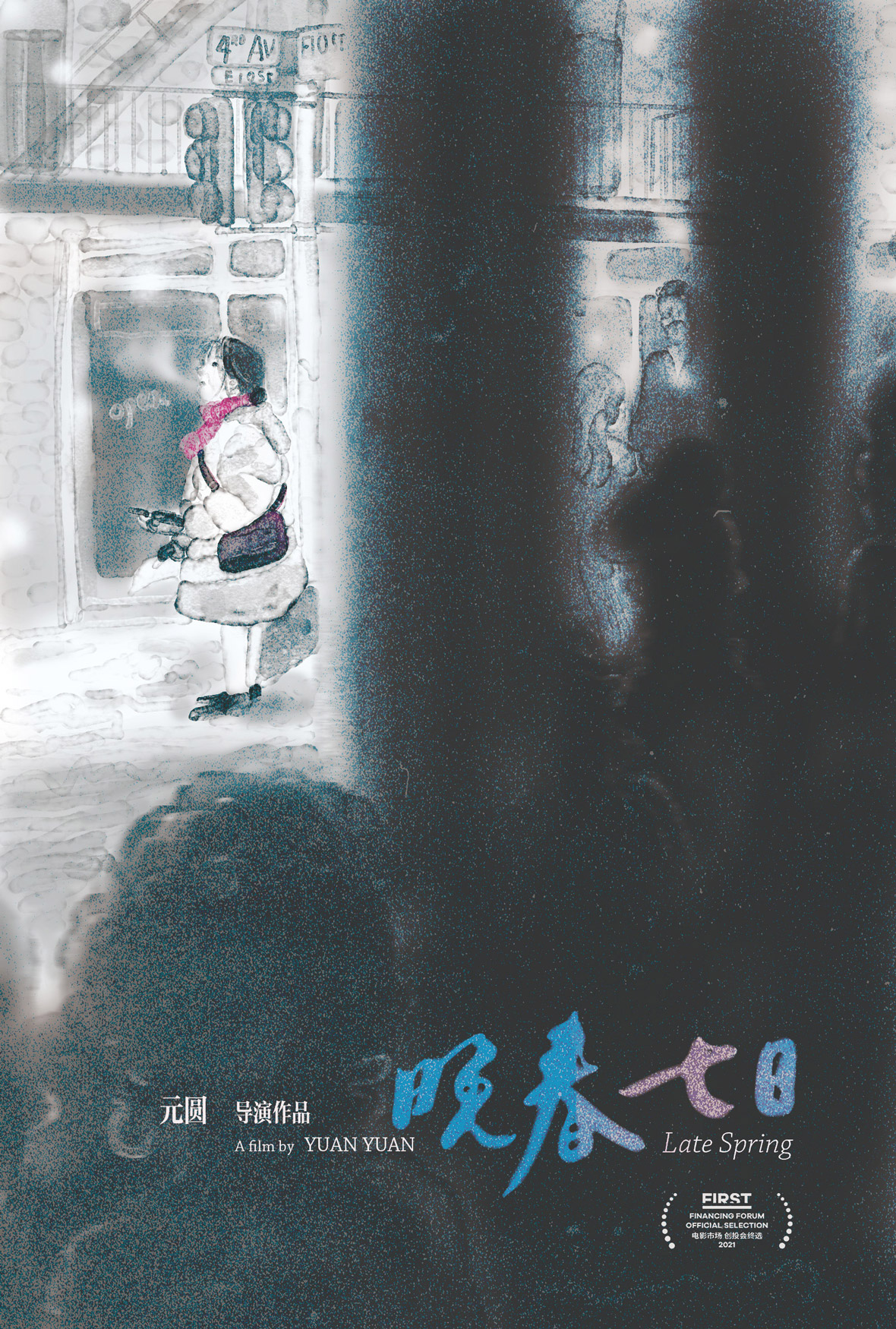
Luo’s poster designs are unlike the posters of typical blockbuster productions. They’re a lot more restrained, relying on hand-drawn illustrations or even simple collages to create something memorable. The simplicity with which she approaches the medium feels natural—there’s a soothing elegance to her one-frame visual narratives.
Luo says her aesthetic is inspired by both renowned movie poster artist Akiko Stehrenberger, who approaches her illustrations with a designer’s eye. Directors with an affinity for telling stories around family, normal life, and femininity—such as Éric Rohmer, Naoko Ogigami and Ann Hsu—hold a place close to her heart, and their storytelling methods are also quite influential to her work. Aside from these artistic influences, she believes that her own feminine intuition and eye for detail plays critical parts in her creative process. “I’m a practical person, and I like creating around subjects that are feel like a part of ordinary life,” Luo says. “I’m the more interested in the relationship between people.”
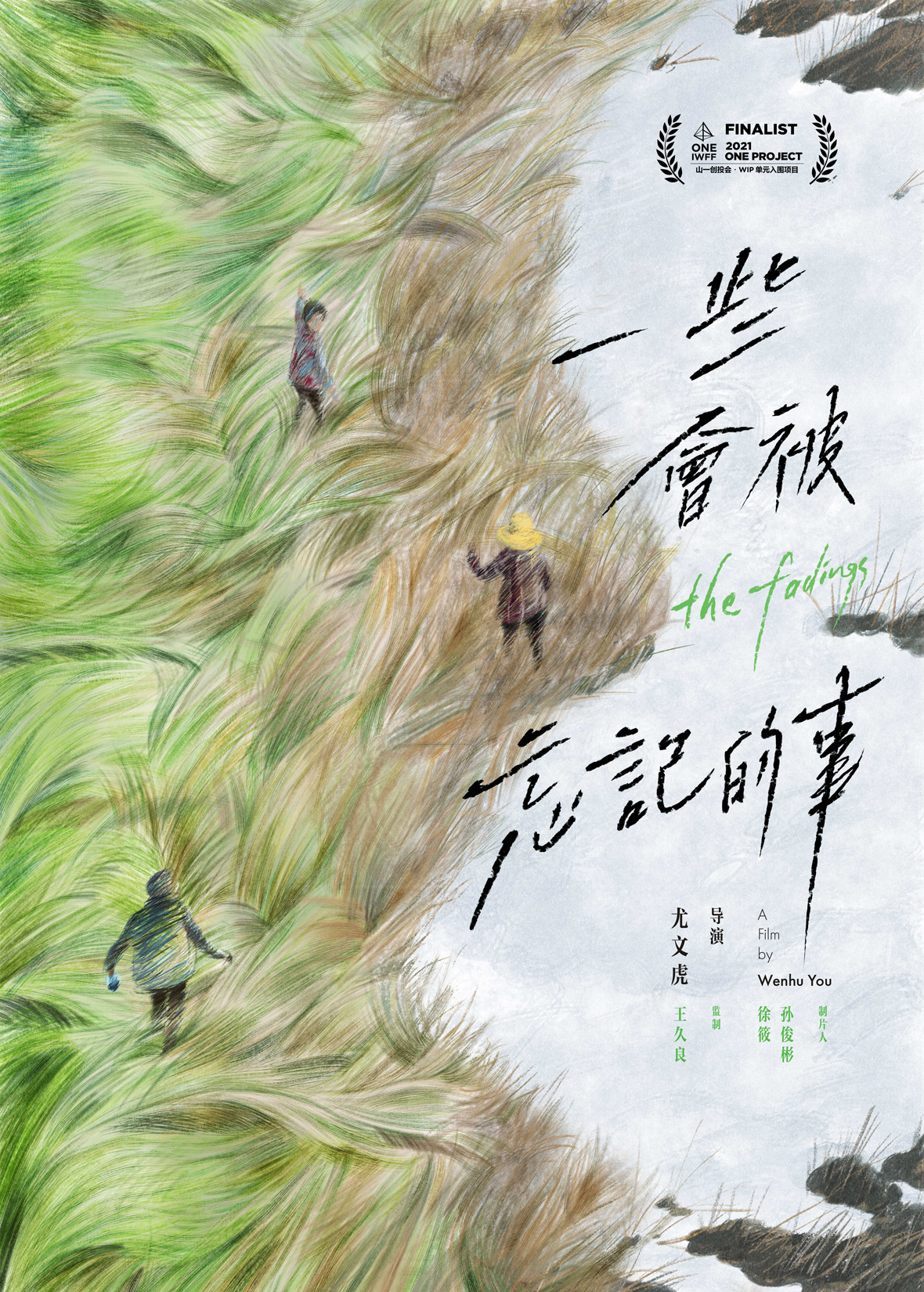

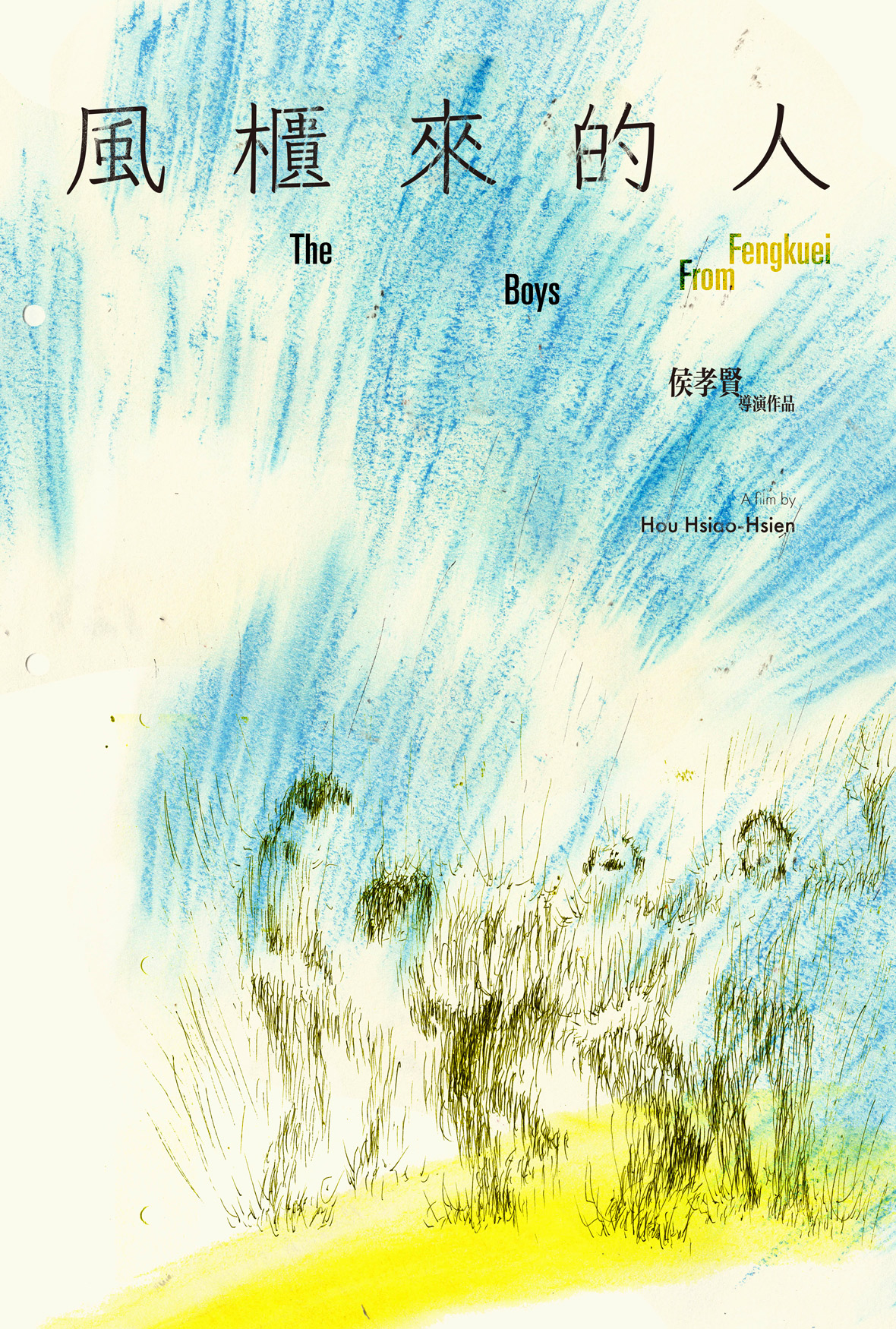
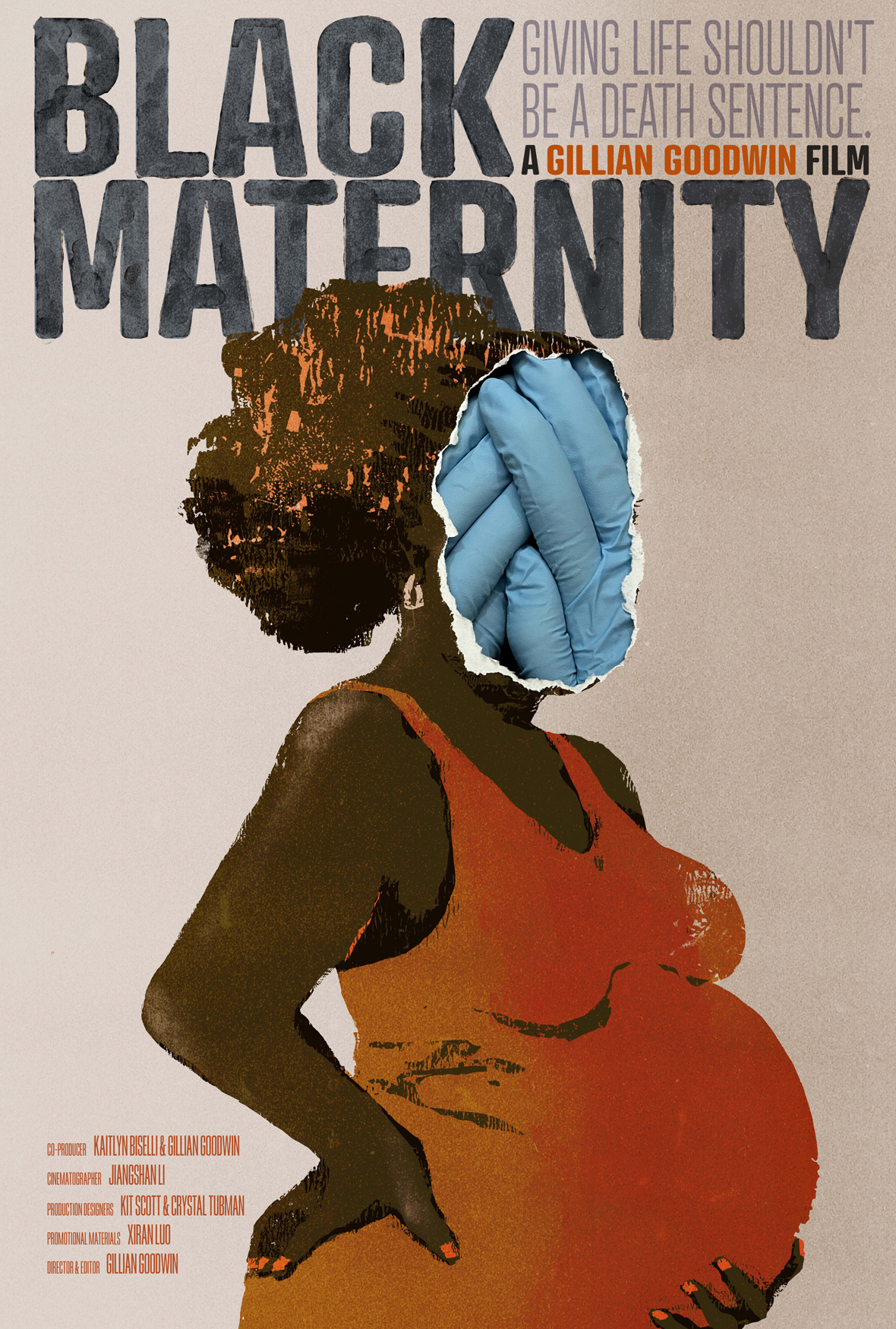
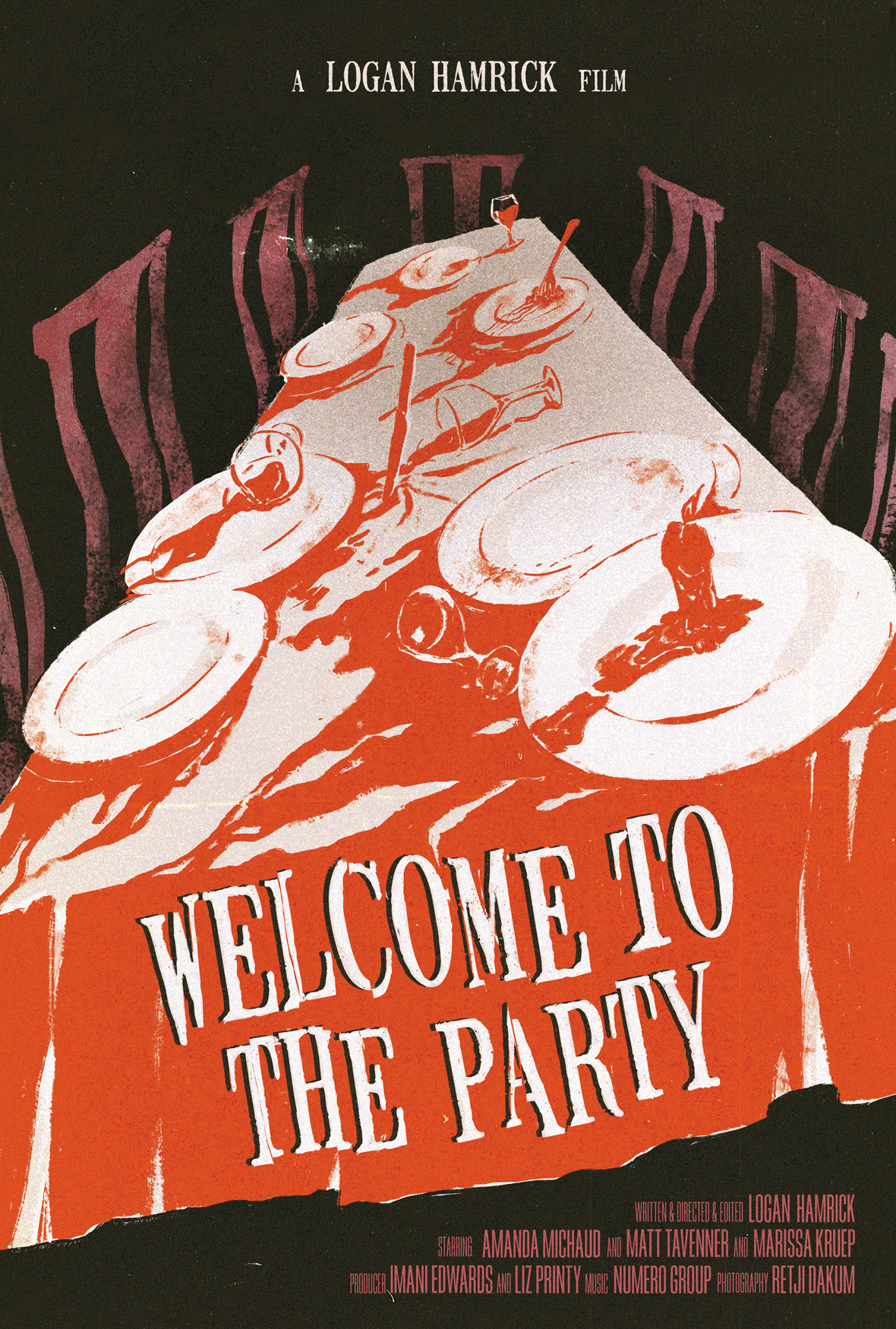
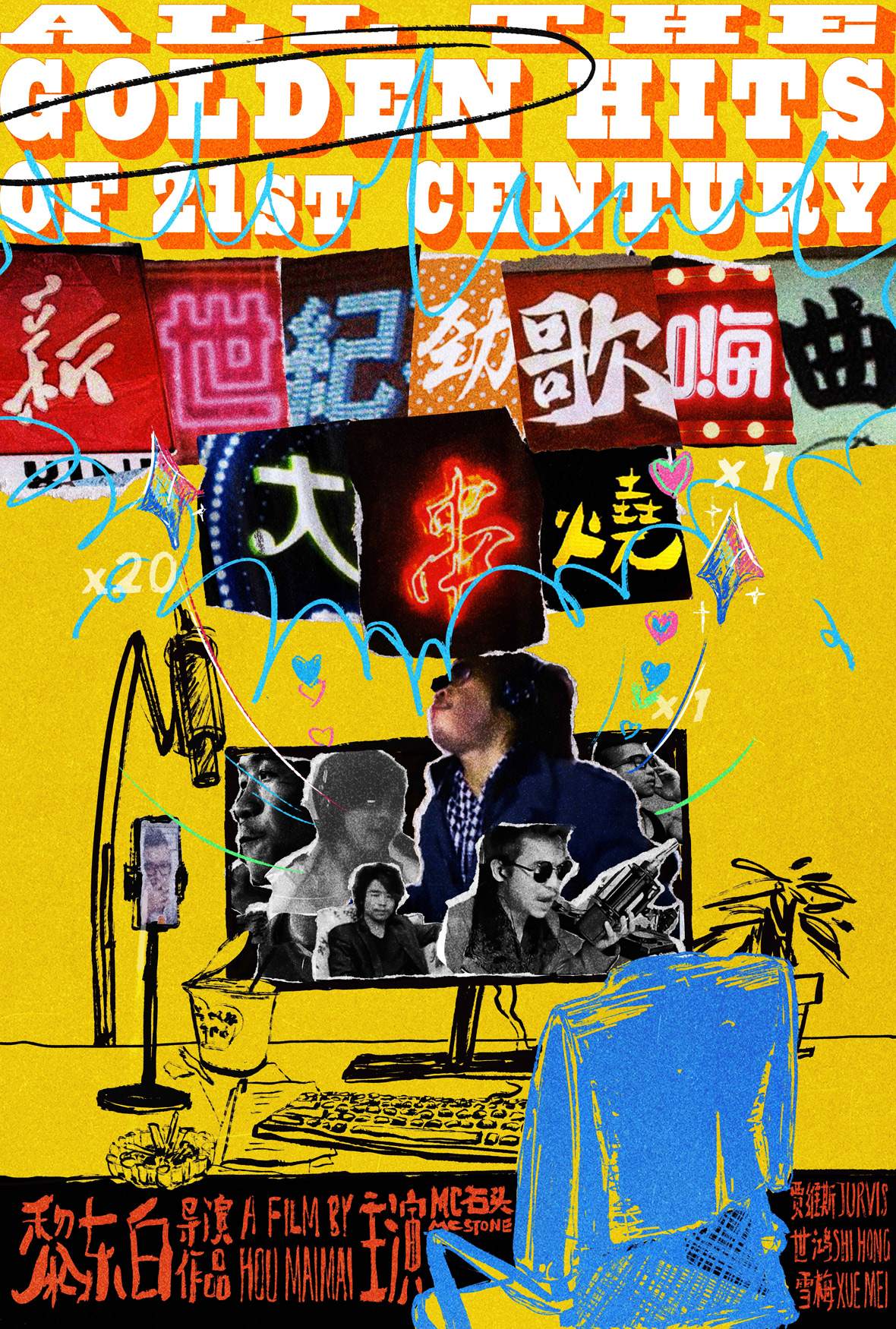
However, some art films or documentaries pose a challenge. The straightforward narrative can make it difficult to distill the full story into a singular frame. When faced with this, Luo believes that communication is key to achieving the best work. Whether it be repeat discussions with the directors or producers, she believes in dedicating enough time to understanding the film’s message. She also enjoys straying from her hand-drawn approach and even taking her work into the realm of the surreal through collages or playful typography.
Of all the posters that Luo has created, her design for the Chinese documentary All the Golden Hits of 21st Century (2022) is perhaps the most unique. The poster aesthetic is a sharp pivot from her previous work, employing a number of portrait cut-outs in a collage format. The film, directed by Lai Dongbai, tells the story of how a former county internet singer has managed to keep up with the times through his discovery with the Kuaishou app. In order to capture the kitsch flavor of rural China and the hodgepodge sights of the Chinese countryside, Luo assembled the film title by cobbling together Chinese characters from photos of store signage. “I’m very interested in type design and I enjoy trying something new in each poster to find the right type,” she says. “For me, the type design part is just as important as the illustration.”
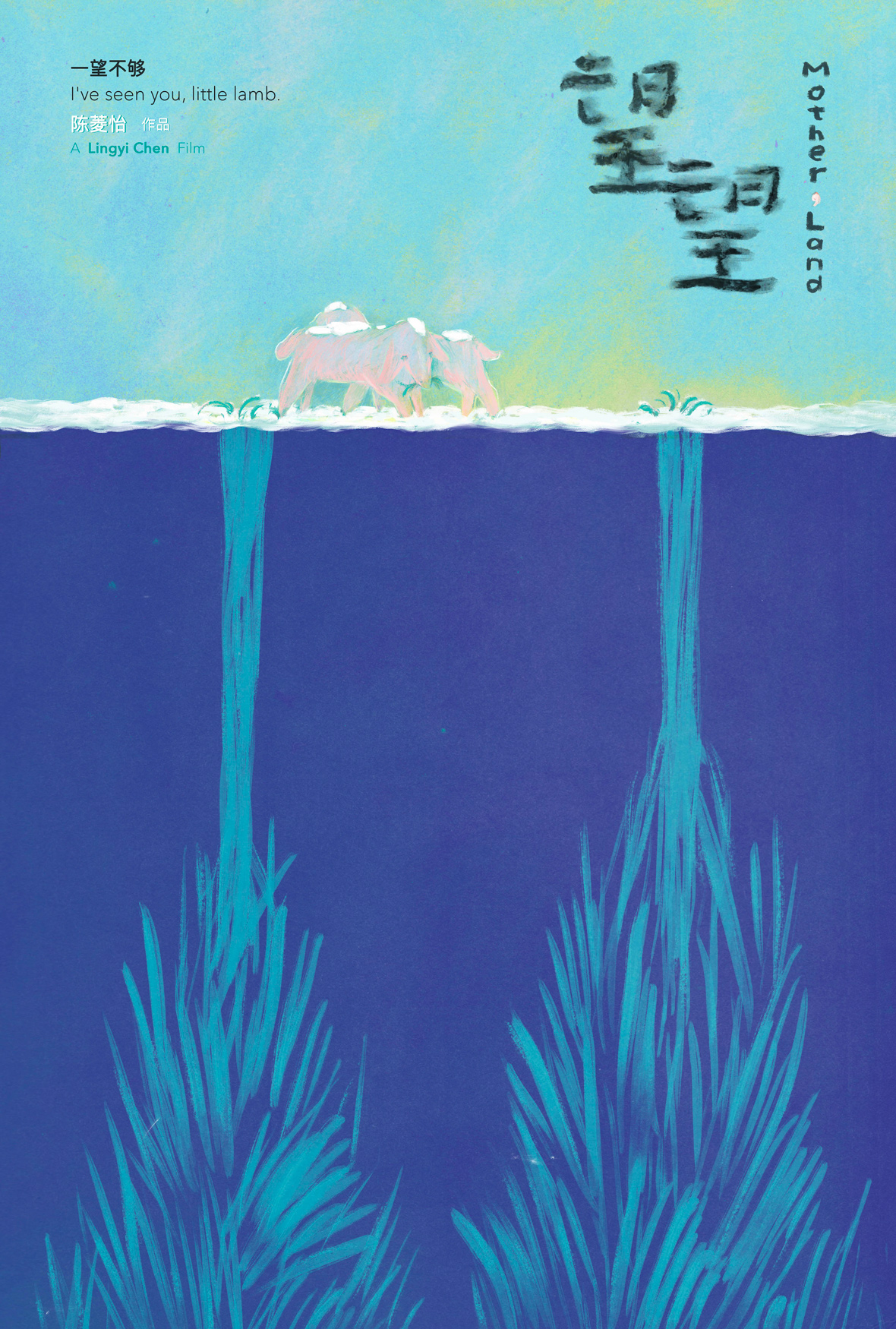

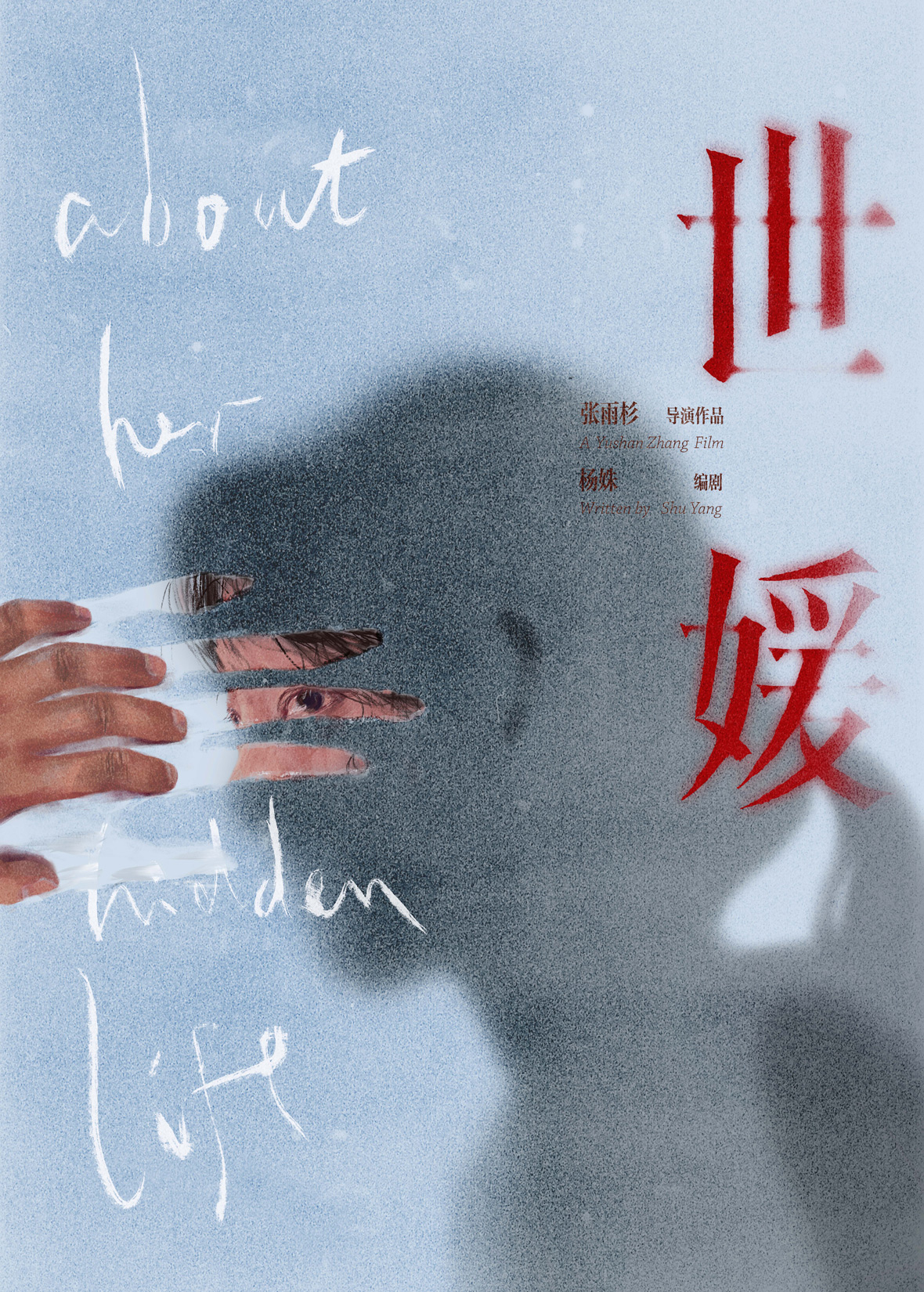
Under her delicate touch, Luo’s posters capture each film’s essence and emotion in a succinct way. Much like the types of films she creates posters for, she hopes that her work can help people appreciate the minutia of life in a new light.
Although poster commissions alone cannot sustain Luo’s livelihood, she has no plans of stopping. She believes that with time, she’ll get to where she needs to be. “Movie posters require more design-oriented thinking, and it’s not personal creation—it needs to achieve more than give myself creative satisfaction,” she says. “I hope my poster art can be seen and understood by people of all ages.”
Like this story? Follow Neocha on Facebook and Instagram.
Instagram: @l_o_boood
Weibo: ~/萝卜咚lobod
Website: ~/XIRAN LUO
Contributor: Pete Zhang
